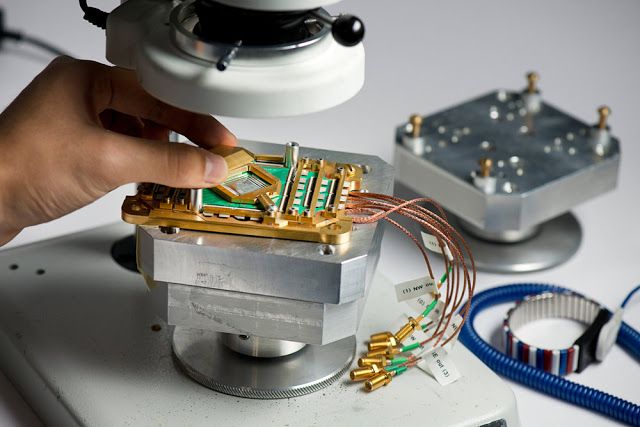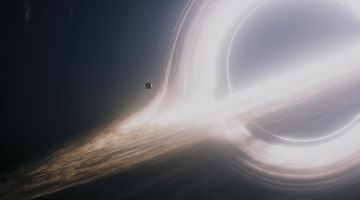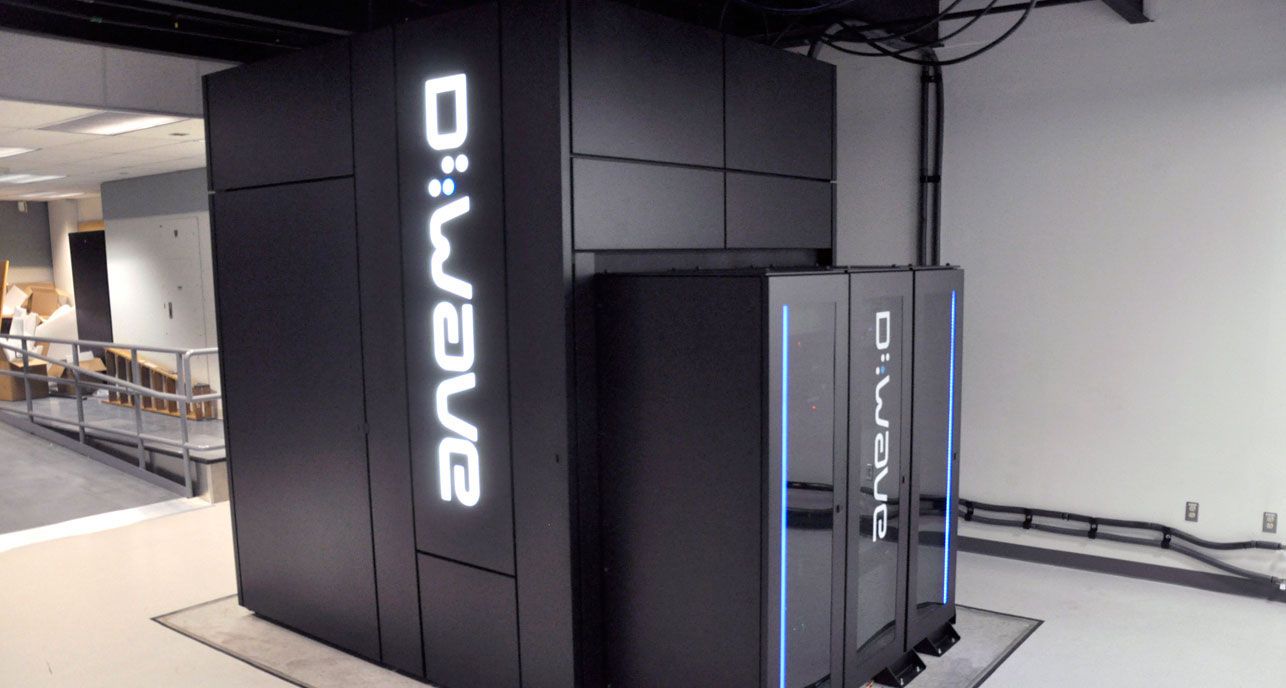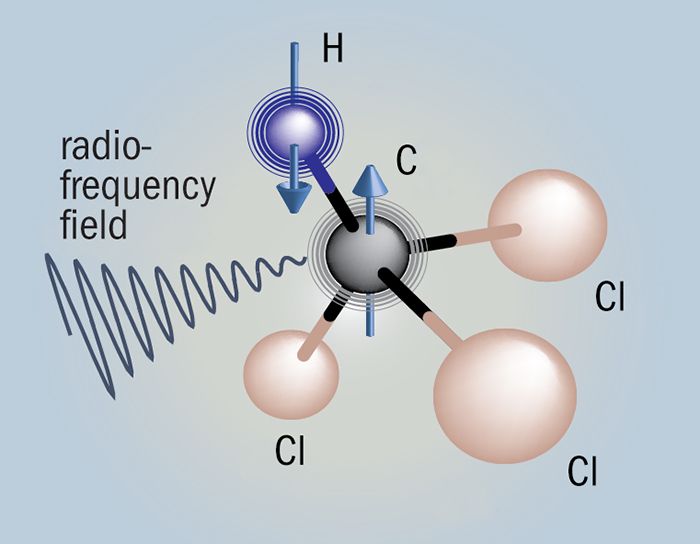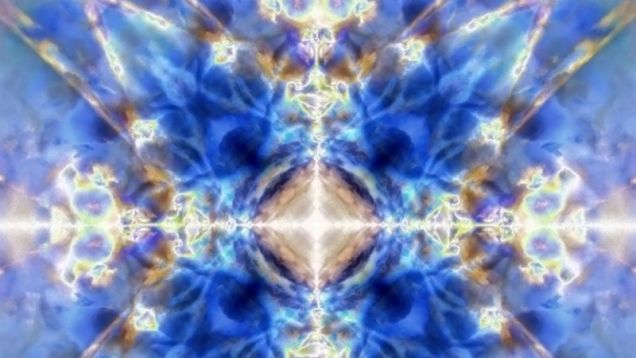Nov 19, 2015
Los Alamos National Laboratory Orders a 1000+ Qubit D-Wave 2X Quantum Computer
Posted by Andreas Matt in categories: computing, quantum physics, security
D-Wave Systems Inc., the world’s first quantum computing company, announced that Los Alamos National Laboratory will acquire and install the latest D-Wave quantum computer, the 1000+ qubit D-Wave 2X™ system. Los Alamos, a multidisciplinary research institution engaged in strategic science on behalf of national security, will lead a collaboration within the Department of Energy and with select university partners to explore the capabilities and applications of quantum annealing technology, consistent with the goals of the government-wide National Strategic Computing Initiative. The National Strategic Computing Initiative, created by executive order of President Barack Obama in late July, is intended “to maximize [the] benefits of high-performance computing (HPC) research, development, and deployment.”
“Eventually Moore’s Law (that predicted that the number of transistors on an integrated circuit would double every two years) will come to an end,” said John Sarrao, associate director for Theory, Simulation, and Computation at Los Alamos. “Dennard Scaling (that predicted that performance per watt of computing would grow exponentially at roughly the same rate) already has. Beyond these two observations lies the end of the current ‘conventional’ computing era, so new technologies and ideas are needed.”
“As conventional computers reach their limits in terms of scaling and performance per watt, we need to investigate new technologies to support our mission,” said Mark Anderson of the Laboratory’s Weapons Physics Directorate. “Researching and evaluating quantum annealing as the basis for new approaches to address intractable problems is an essential and powerful step, and will enable a new generation of forward thinkers to influence its evolution in a direction most beneficial to the nation.”
